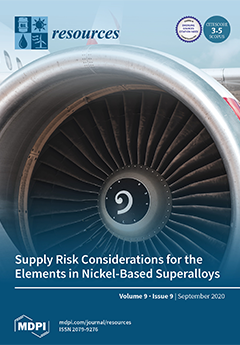In the latex production chain, rubber tree seeds (
Hevea brasiliensis) represent an underutilized fraction with high potentialities, which can increase the sustainability of the whole process if rightly valorized. In the present study, the quality of all the fractions obtained from
[...] Read more.
In the latex production chain, rubber tree seeds (
Hevea brasiliensis) represent an underutilized fraction with high potentialities, which can increase the sustainability of the whole process if rightly valorized. In the present study, the quality of all the fractions obtained from the rubber fruit were evaluated, with the aim to identify possible applications for their valorization with a circular economy perspective. Seeds from five different varieties of rubber tree were analyzed. Furthermore, a whole mass and energy balance was defined, which has allowed us to define hypothetical production scenarios. The obtained results show negligible differences among varieties. Shells and capsules have shown a composition similar to woody biomass, with high heating values (more than 16.5 MJ kg
−1), low nitrogen content (below 0.5% on weight basis (
w/w)) and reduced ash content (0.51%
w/w and 1.90%
w/w, respectively). Kernels were chemically extracted comparing two different solvents: n-hexane and ethanol. Both solvents showed similar extraction yields, i.e., 49%
w/w and 46%
w/w for n-hexane and ethanol, respectively. The resulting extraction flour was characterized by a high protein content (around 40%
w/w) making it suitable for animal feeding. The rubber seed oil could be used in blends of different vegetable oils for biodiesel production. All this information is useful for improving the sustainability of the latex production chain and to assess the sustainability of possible bioenergy value chains.
Full article





